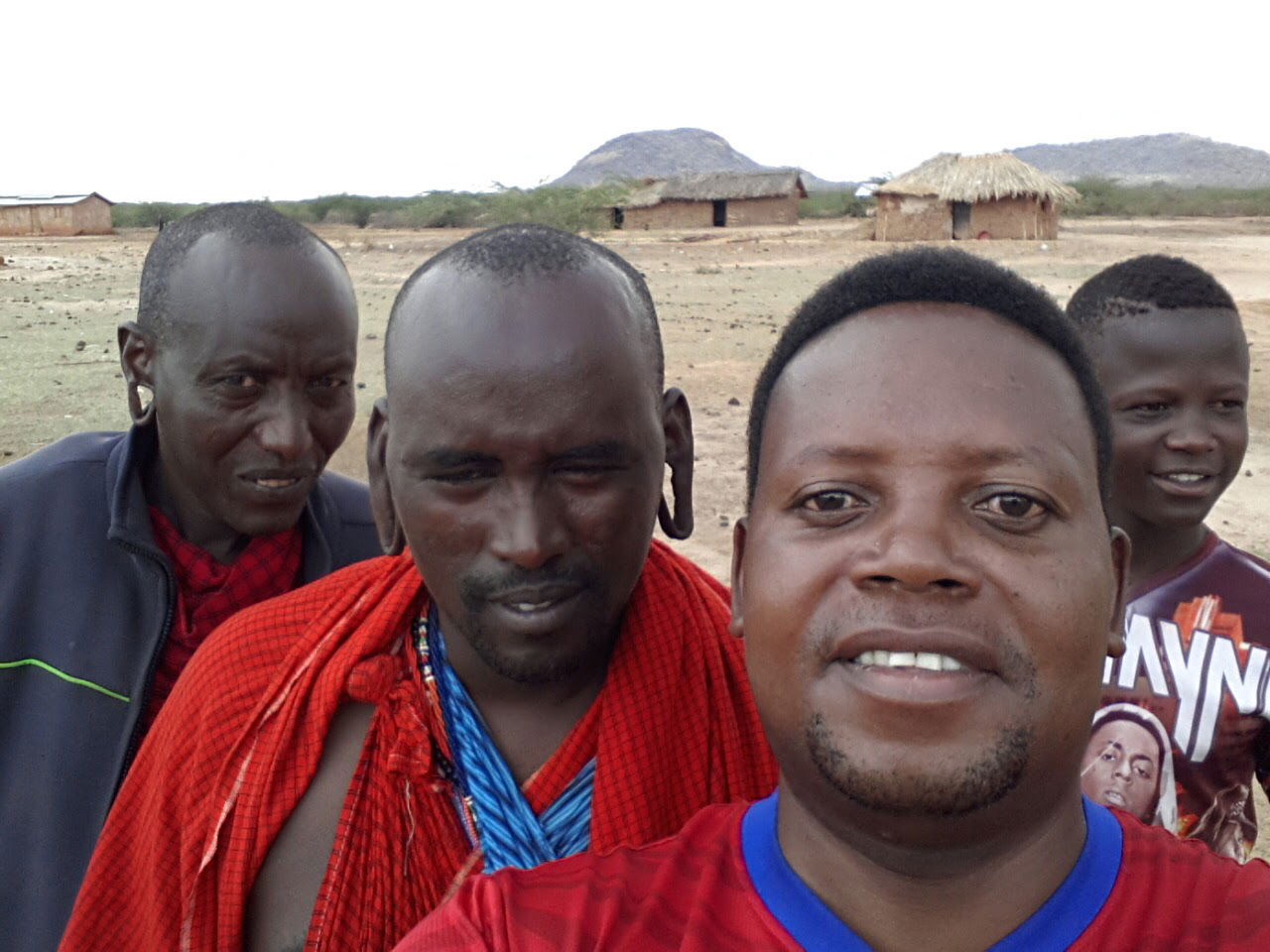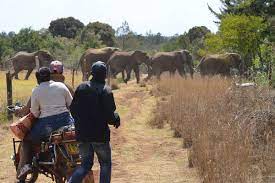Community mobilizing and Resources for Conservation project

E.S.C.F understand conservation efforts are crucial for sustaining the environment and ensuring the well-being of future generations. However, the success of these efforts often hinges on the active participation and support of the local community. Mobilizing community resources for conservation can lead to more effective and sustainable outcomes.
1. E.S.C.F Education and Awareness Programs
Educating the community about the importance of conservation and the role they can play is a fundamental first step. ESCF Awareness programs use many forms, from workshops and seminars to interactive educational campaigns. Below is our strategic plans.
- Organize workshops in schools and community centers to discuss topics such as biodiversity, sustainable practices, and the impact of human activities on the local environment.
- Use local media channels to spread awareness. Regular segments on conservation topics on local radio stations or community television can reach a wide audience.
- Develop and distribute educational materials like brochures, flyers, and posters that provide actionable advice on how individuals can contribute to conservation efforts.
By educating the community, we empower individuals with the knowledge and tools they need to make a difference. This also helps in building a conservation culture where the community values and strives to protect their natural resources.
2. Community-Based Projects
Engaging the community in hands-on projects is an excellent way to mobilize local resources. Projects that involve the community provide a sense of ownership and responsibility towards the local environment. Below is our strategic plan.
- Initiate community clean-up days in local parks, rivers, and forests to remove trash and invasive species, improving the local habitat for wildlife.
- Set up community gardens or reforestation projects where community members can actively participate in planting native species, thereby restoring and enhancing the local biodiversity.
- Encourage rainwater harvesting and the establishment of communal composting facilities to promote sustainable practices within the community.
These projects not only help conserve the environment but also foster a stronger community spirit and cooperation among residents. Additionally, they provide tangible results that the community can see, boosting morale and the desire to participate in future conservation efforts.
3. Partnerships and Collaboration
Building partnerships with local businesses, schools, non-profit organizations, and government agencies can provide additional resources and amplify conservation efforts. Collaboration leads to pooling of resources, sharing of expertise, and a more coordinated approach to environmental challenges. Below is our strategice plan.
- Partner with local businesses to fund or sponsor conservation projects. This can include financial support or donations of materials and services needed for conservation activities.
- Work with educational institutions to integrate conservation education into their curricula and involve students in conservation projects as part of their learning experience.
- Engage with local government to ensure that conservation priorities are included in urban planning and development policies.
We beleive Such partnerships not only expand the resources available for conservation efforts but also create a multi-stakeholder approach that can lead to more sustainable and effective solutions.
4. Volunteer Programs
Creating structured volunteer programs can harness the enthusiasm and energy of community members who are willing to contribute their time and skills. Volunteers are invaluable, especially in large-scale conservation projects that require significant manpower.
- Develop a volunteer program that includes training sessions so that volunteers are well-prepared and can effectively contribute to conservation efforts.
- Offer flexible volunteering schedules to accommodate people of all ages and backgrounds, including students, working professionals, and retirees.
- Create roles for volunteers that match their interests and skills, whether in fieldwork, education, or administrative support, to keep them engaged and motivated.
Volunteer programs not only augment the human resources needed for various conservation activities but also help individuals feel directly connected to the conservation outcomes, enhancing community involvement.
5. Fundraising and Grants
Funding is often a critical requirement for sustained conservation work. Mobilizing the community to fundraise can provide the financial backing necessary for these initiatives. Additionally, tapping into grant opportunities can further enhance the financial resources available for conservation projects.
- Organize community fundraising events such as charity runs, environmental fairs, or art sales, where proceeds go towards local conservation projects.
- Encourage community members to participate in 'adopt a park' or 'sponsor a species' programs where they can contribute financially to specific conservation efforts.
- Assist local organizations in applying for grants from governmental and non-governmental agencies that fund environment-related projects.
Mobilizing financial resources through fundraising and grants can provide the necessary capital for ongoing maintenance and execution of conservation projects, ensuring their longevity and success. (We are looking for experienced voluteers in this field.) If interesed please contact us Now!
Mobilizing community resources for conservation is multifaceted and requires continuous effort and commitment. By implementing these five strategies—education and awareness, community-based projects, partnerships and collaboration, volunteer programs, and fundraising—we can effectively engage local resources in preserving the environment. These coordinated efforts not only enhance the immediate conservation tasks but also build a sustainable foundation for future environmental stewardship within the community. Participate Now!
Make A Donation. Volunteer. Spread the Word
